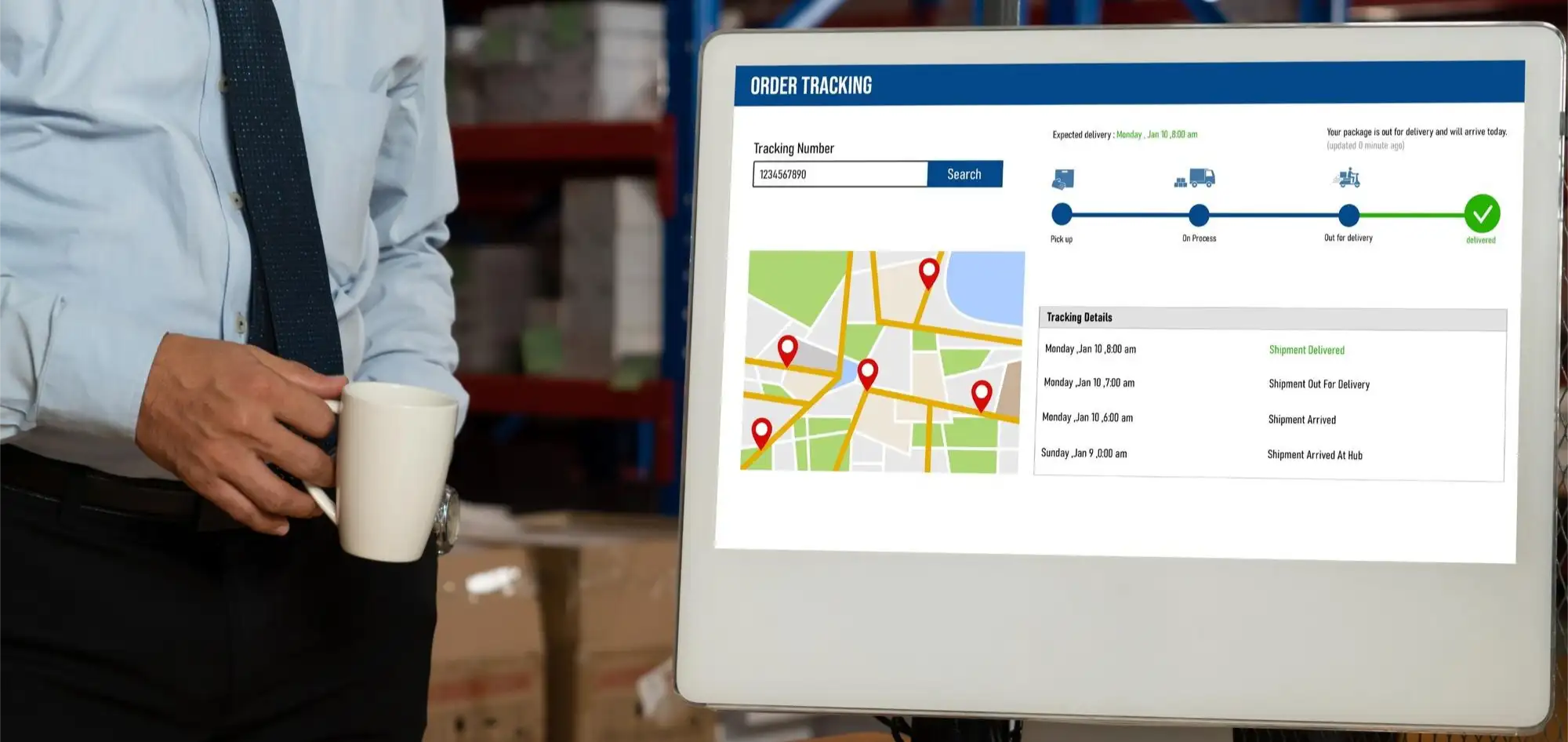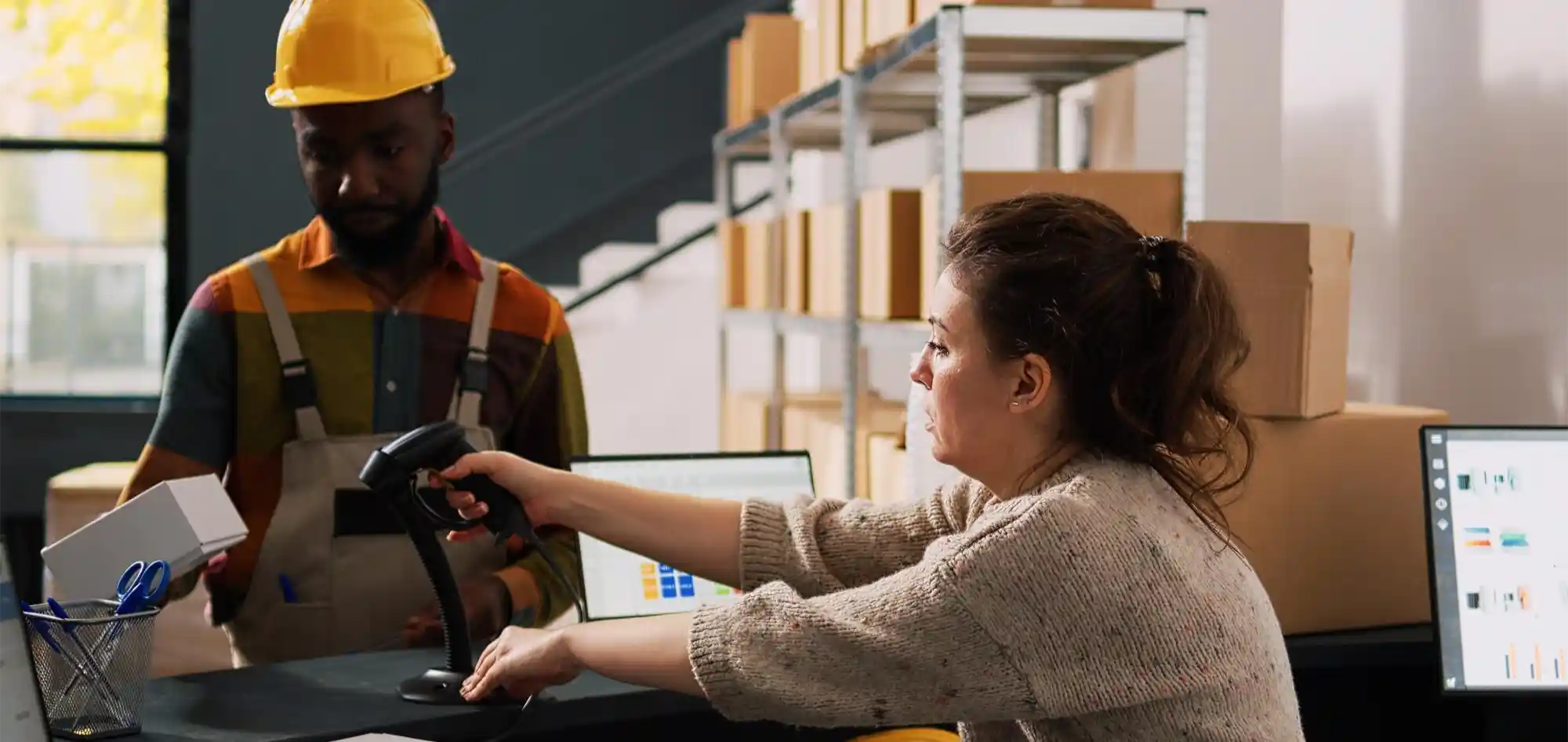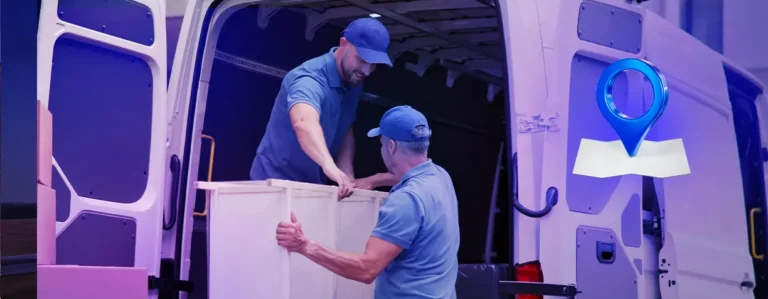In today’s dynamic and demanding logistics landscape, staying ahead means embracing innovation. The Importance of Real-Time Tracking in Cross-Docking isn’t just a buzzword – it’s a fundamental shift in how businesses operate. Cross-docking, a crucial element of modern supply chains, exemplifies this perfectly. It’s a process dramatically amplified by the ability to monitor and manage shipments as they move. The rise of e-commerce has businesses constantly searching for ways to sharpen their logistics, and The Importance of Real-Time Tracking in Cross-Docking is a cornerstone of this strategy.
Table of Contents
The Importance of Real-Time Tracking in Cross-Docking
![]()
The Importance of Live Tracking in Cross-Docking Operations provides unparalleled insights into the journey of goods. Knowing the location, status, and condition of products throughout the cross-docking process is like having a crystal ball. This real-time visibility allows businesses to react swiftly to any unexpected bumps in the road, like delays or disruptions, ensuring orders arrive on time and keeping customers happy.
What Is Cross-Docking?
What Is Cross-Docking, exactly? Think of it as a highly coordinated dance. Goods are transferred from inbound to outbound vehicles, often without any time spent in a warehouse. This intricate process demands a robust tracking system. That’s where The Importance of Real-Time Tracking in Cross-Docking truly shines. Businesses can see the flow of products, identify potential bottlenecks, and make immediate adjustments to keep operations running smoothly.
The Canadian market is seeing a surge in cross-docking solutions, with various companies offering these specialized services. For instance, Canada 3PL provides cross-docking solutions, offering a suite of services designed to help businesses manage their inventory, shipping, and delivery needs.
Benefits of Cross-Docking
Benefits of Cross-Docking are plentiful, and The Importance of Real-Time Tracking in Cross-Docking is the key to unlocking those advantages. Businesses that leverage real-time visibility can slash transportation expenses, accelerate delivery timelines, and see customer satisfaction soar. Understanding The Importance of Real-Time Tracking in Cross-Docking is the first step in making your operations more efficient and streamlined.
Cross-Docking in Vancouver, Cross-Docking in Toronto, and Cross-Docking in Montreal are becoming common, with more providers entering the market to meet the growing demand. The promise of the fastest shipping in Canada is often delivered through cross-docking, allowing businesses to move products from their suppliers to the customer’s doorstep quickly. This efficiency is critical for success.
The need for meticulous organization is paramount. Without it, this direct transfer strategy can quickly become chaotic, resulting in delays and lost goods. Careful coordination is essential, and the importance of real-time tracking cannot be overstated.
The Importance of Real-Time Tracking in Cross-Docking is critical in cross-docking operations. It empowers businesses to monitor shipments in real-time, making sure goods are handled effectively and efficiently as they go from one vehicle to the next. This level of visibility is absolutely vital in a cross-docking environment, where goods are constantly on the move.
The Importance of Real-Time Tracking’s true power lies in its ability to help manage inventory, minimize storage costs, and decrease the risk of damage or loss. It’s more than just knowing where something is; it provides valuable data that enables companies to analyze their supply chain performance, find opportunities for improvement, and make informed decisions to optimize operations. Being able to pinpoint a shipment’s location at any moment is a game-changer. It fosters a level of transparency throughout the entire supply chain that simply wasn’t possible before.
Case Studies and Examples

Imagine a retail chain using cross-docking across its distribution network. Without real-time tracking, coordinating goods’ arrival at a cross-dock facility and their subsequent dispatch to various stores would be an uphill battle. Delays would likely occur, leading to empty shelves and frustrated shoppers.
The Importance of Real-Time Tracking in Cross-Docking is at its best when the retailer gains complete control over the entire process. They can track each shipment, acting like a conductor orchestrating the movement of goods. This allows them to anticipate bottlenecks and reroute or expedite deliveries as needed. If a shipment is delayed, the retailer can act immediately: notify affected stores, adjust delivery schedules, and even find alternative sources to keep products moving.
The Importance of Real-Time Tracking in Cross-Docking is evident here, as this proactive approach not only keeps customers happy but also reduces the need for expensive emergency shipments, keeping inventory costs down. In today’s competitive world, having this level of real-time visibility is essential.
A manufacturing company that sends components to various assembly plants can use real-time tracking to sync the arrival of components at each plant. By watching where each shipment is, the company can make sure each plant has the components they need, when they need them. This avoids production delays.
The Importance of Real-Time Tracking in Cross-Docking stands out when there are potential problems, like a truck breaking down on the way to a cross-dock facility. It allows the company to quickly reroute the shipment and limit any supply chain disruption.
Here’s a helpful comparison:
| Feature | Without Real-Time Tracking | With Real-Time Tracking |
| Transportation Costs | Higher | Lower |
| Delivery Times | Longer | Shorter |
| Customer Satisfaction | Lower | Higher |
| Inventory Costs | Higher | Lower |
| Risk of Loss/Damage | Higher | Lower |
The Impact of Cross-Docking in Canada
Cross-Docking in Canada is becoming increasingly important in Canadian logistics, with more and more businesses recognizing its potential to boost efficiency and save money.
The demand for cross-docking services is particularly obvious in big cities such as Toronto, Vancouver, and Montreal, where the high concentration of businesses and consumer demand requires streamlined solutions. Each city has its own unique logistical considerations, but real-time tracking provides an invaluable tool.
The fastest shipping in Canada is frequently achieved through cross-docking operations. This demands efficient supply chain management to make sure products get to their destinations quickly. The advantages of having goods handled in the most effective way are clear.
Real-World Examples of Cross-Docking and Real-Time Tracking
Several major companies have integrated The Importance of Real-Time Tracking in Cross-Docking into their cross-docking to achieve huge improvements. Amazon, for instance, uses sophisticated real-time tracking to oversee its vast network of cross-docking facilities and distribution centers. They are able to optimize the flow of goods, anticipate delays, and make sure that orders are delivered on time. This level of control allows Amazon to offer an excellent customer experience, a crucial aspect of their success.
Another good example is in the automotive industry. Manufacturers use cross-docking and real-time tracking to deal with the complex flow of parts and components needed for vehicle assembly. This ensures that assembly plants have the necessary materials when they need them.
Real-Time Tracking helps the manufacturers to identify and solve any problems that could mess up production. Real-time tracking provides visibility into the supply chain and helps to ensure efficient manufacturing.
Here’s a list of fulfillment service providers:

- Amazon Fulfillment Services
- FedEx Supply Chain
- DelGate
- DHL Supply Chain
- XPO Logistics
These companies offer a range of services, including cross-docking, warehousing, and transportation, with advanced real-time tracking capabilities.
| Company | Cross-Docking Services |
| DelGate | Cross-docking, warehousing, and transportation |
| FedEx | Cross-docking, freight forwarding, and logistics |
| UPS | Cross-docking, supply chain management, and logistics |
| DB Schenker | Cross-docking, warehousing, and transportation |
| Kuehne + Nagel | Cross-docking, freight forwarding, and logistics |
The use of real-time tracking is expanding in the retail sector. Retailers can enhance their supply chains and keep customers happy by utilizing these processes. Real-time tracking makes it possible to reach all these goals.
| Report Area | Data |
| Average reduction in transportation costs with real-time tracking | 10-15% |
| Average improvement in delivery times with real-time tracking | 15-20% |
| Average increase in customer satisfaction with real-time tracking | 20-25% |
The Importance of Real-Time Tracking in Cross-Docking today cannot be emphasized enough. It will continue to be essential for businesses across industries to succeed.
In conclusion, The Importance of Real-Time Tracking in cross-docking operations is undeniable. By taking advantage of this technology, businesses can reach higher levels of efficiency, cut costs, and improve customer satisfaction. As the logistics industry evolves, real-time visibility will continue to be key for success.




